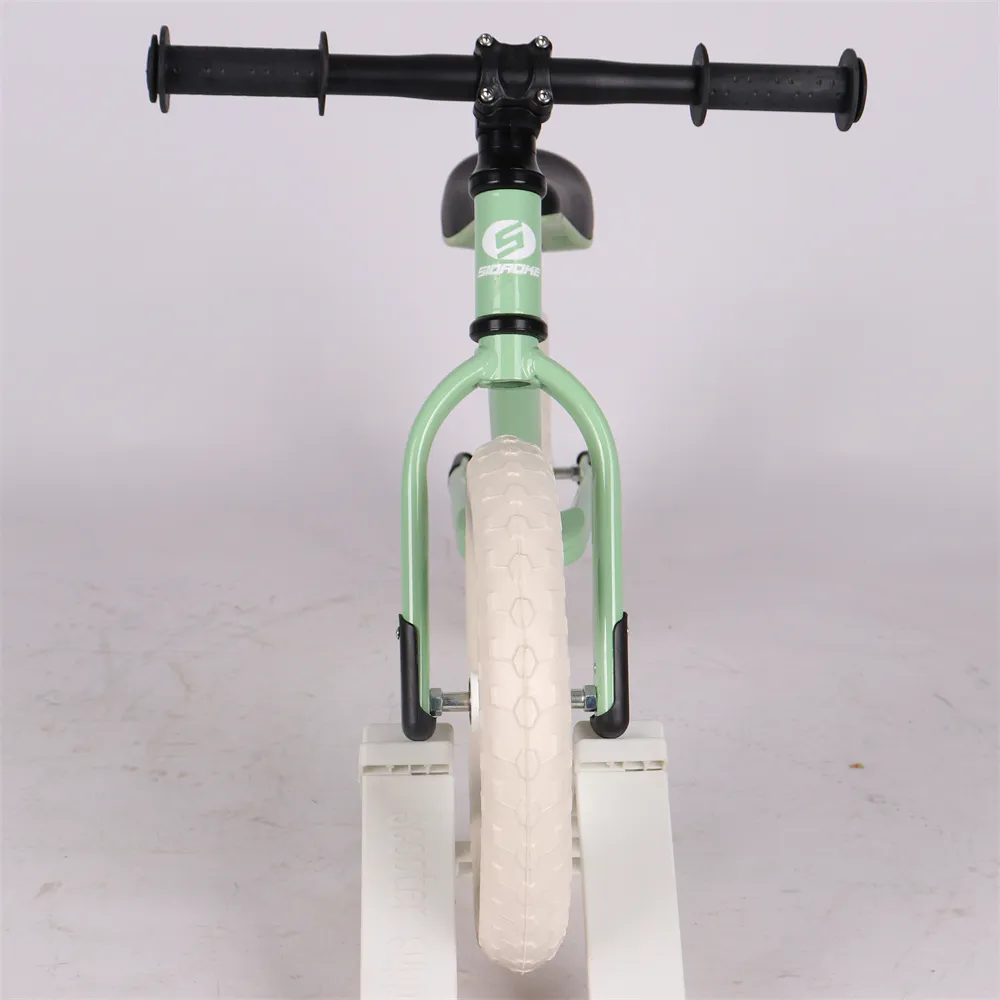Are balance bikes beneficial for infants and toddlers in their early development?
Are Balance Bikes Good for Babies?
As parents seek the best ways to support their children's development, the emergence of balance bikes has sparked much interest. Balance bikes are two-wheeled pedal-less bicycles designed to help young children develop their balancing skills before transitioning to traditional bikes with pedals. But are they good for babies? Let’s explore the advantages of balance bikes, their developmental benefits, and some safety considerations.
Understanding Balance Bikes
Balance bikes are typically designed for children aged two to five years old, but they can be introduced to younger babies, assuming they are capable of walking and have the necessary motor skills. These bikes consist of a frame, wheels, and handlebars but lack pedals. Children propel themselves using their feet while focusing on maintaining balance, which is crucial in developing their coordination and motor skills.
Benefits of Balance Bikes for Young Children
1. Developing Balance and Coordination One of the core skills a child needs to ride a bike is balance. Balance bikes allow children to learn this essential skill in a safe and controlled environment. By gliding and pushing themselves along the ground, they gain confidence in their ability to maintain balance, which can make the subsequent transition to a pedaled bike much smoother.
2. Encouraging Physical Activity In a world where sedentary behavior is increasingly common, balance bikes。,,,。
3. Promoting Independence and Confidence Balance bikes allow children to control their own movements and speed. This autonomy fosters a sense of independence, as they learn to navigate their surroundings and overcome challenges. As they master riding, their confidence grows, encouraging them to take on new physical activities.
4. Developing Social Skills Riding balance bikes can also be a social activity. When children ride together, they learn to communicate, share, and collaborate. They can play games, race, or simply enjoy each other's company, enhancing their social skills in a fun setting.
are balance bikes good for babies

Developmental Considerations and Safety First
While it is clear that balance bikes can offer numerous benefits, there are considerations to keep in mind before introducing one to a child.
1. Age Appropriateness Although some balance bikes are suitable for younger children, it is crucial that the child is developmentally ready. Babies should be able to walk steadily before being introduced to a balance bike. Forcing an inexperienced walker onto a balance bike can lead to frustration and injury.
2. Correct Size Matters Choosing the right size balance bike is essential. A bike that is too large can be difficult for a child to handle, while one that is too small may not be safe to ride. Parents should ensure that the child can comfortably place their feet flat on the ground when seated on the bike and reach the handlebars without straining.
3. Safety Gear Safety should always be a priority. While balance bikes are generally safer than traditional bikes due to their lower speeds, children should still wear protective gear like helmets, knee pads, and elbow pads. This equipment can greatly reduce the risk of injury in the event of a fall.
4. Supervision Young children should always be supervised while riding a balance bike, especially when they are just starting out. Parents or caregivers should ensure they have a safe area to ride, free from traffic and hazards, allowing them to explore safely.
Conclusion
In conclusion, balance bikes can be a great option for babies who are developmentally ready, offering numerous benefits that support their physical and social development. They promote key skills like balance, coordination, and confidence while encouraging physical activity in a fun and engaging way. By ensuring that safety measures are in place and that the bike is the correct size, parents can provide their children with an excellent introduction to the world of cycling. With all these factors considered, balance bikes can indeed be a wonderful addition to a child's early developmental experiences.
-
kids-scooter-tiny-olympic-games-scooterathlonNewsAug.22,2025
-
kids-scooter-waves-xingtai-zhongzhous-global-rippleNewsAug.22,2025
-
baby-tricycle-oem-legacy-zhongzhou-forgedNewsAug.22,2025
-
xingtais-twin-tricycle-revolution-siblings-ride-togetherNewsAug.22,2025
-
baby-tricycle-design-inspired-by-ancient-armorNewsAug.22,2025
-
nfc-chip-enabled-oem-baby-tricycle-trackingNewsAug.22,2025
-
The Perfect Baby TricycleNewsAug.11,2025








